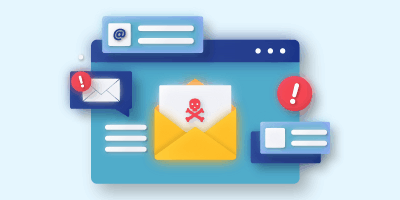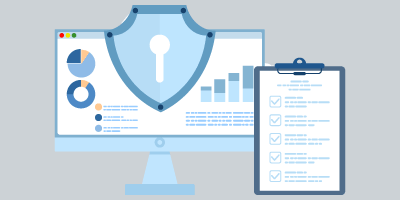The prominence of ransomware, a specific kind of malware, has been on the rise since roughly 2013. Lately however, it has become a major threat to businesses and private consumers. This particular kind of malicious software is generally downloaded to a machine by an end-user who clicked on an infected link. Once it has mounted on the user’s machine, it activates and encrypts all of the files on the device. The user then must pay a fee to release his or her files. Generally, if the user does not pay the hackers within a specified timeframe, all of the hacked user’s data will be deleted. A specific example of this is the $17,000 ransom paid by Hollywood Presbyterian Medical Center.
In this particular case, the hospital was without access to its sensitive electronic medical records system for 10 days. Though the source of the malware’s entry has not yet been discovered, there is a high likelihood that this was the result of a social engineering attack, where a hacker was able to send a phishing email to hospital employees and convince them to click a malicious link.
Related articles
Business Email Compromise: Top BEC Tactics & How to Protect Against Them
We take a look at Business Email Compromise, including common BEC tactics and what your business can do to protect against them.
FFIEC CAT Sunset: Why the CRI Profile is a Strong Alternative
With the FFIEC CAT sunset approaching, we explore why the CRI Profile is a strong alternative to the CAT for financial institutions!
FTC Safeguards Rule Compliance for Auto Dealerships
We’ll go over the FTC Safeguards Rule, what it requires, and how a managed service provider can help auto dealerships stay compliant.




